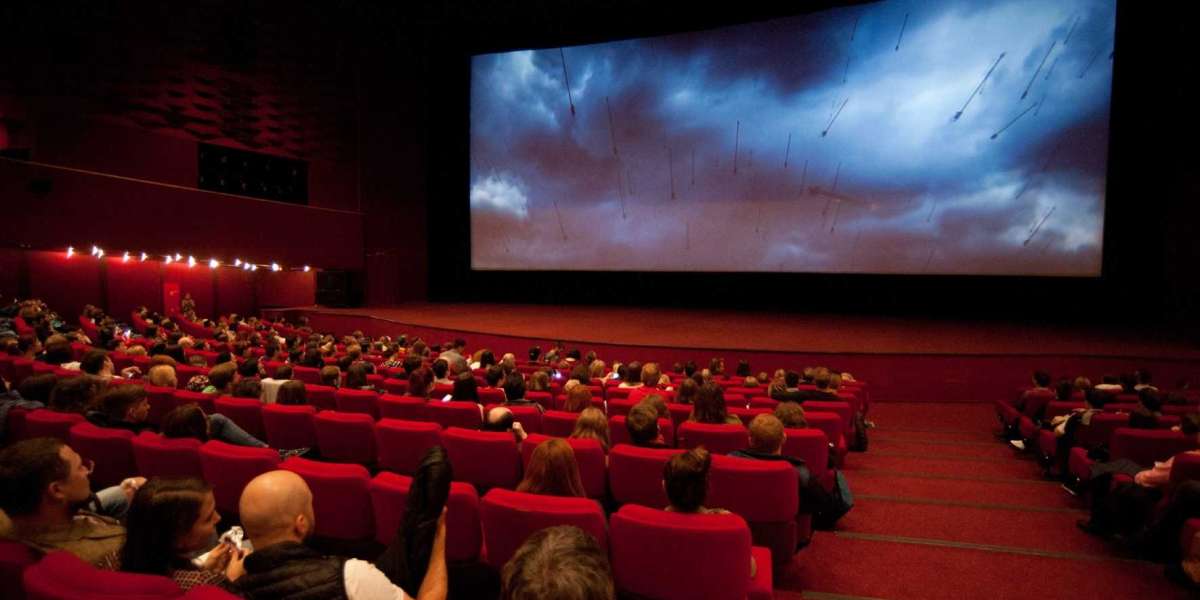Introduction
Weather has always been a captivating force of nature, influencing our daily lives and shaping the course of history. From ancient civilizations observing celestial patterns to modern-day meteorologists utilizing advanced technology, the art and science of weather forecasting have come a long way. This article delves into the fascinating evolution of weather forecasting, exploring the transition from ancient wisdom to cutting-edge technology that has revolutionized our understanding and prediction of weather patterns. Join us on this journey through time as we uncover the key milestones, techniques, and breakthroughs that have transformed weather forecasting into the precise and indispensable practice it is today.
Ancient Wisdom: Reading the Signs
Long before the advent of advanced technology, our ancestors navigated the mysteries of weather forecasting through their observations and keen senses. Ancient civilizations across the globe developed ingenious methods to predict weather patterns, relying on their astute understanding of natural phenomena. The wisdom they garnered from their surroundings formed the bedrock of early weather forecasting techniques.
Take, for example, the ancient Egyptians, whose lives revolved around the mighty Nile River. They closely monitored the river's water levels, recognizing that high waters often foretold the arrival of floods. This keen observation allowed them to anticipate and prepare for the potential devastation caused by inundation.
In distant China, an intricate system of recording lunar and solar cycles developed into a refined method for predicting monsoons and seasons. The ancient Chinese meticulously observed the interplay of celestial bodies, noting subtle changes that heralded shifts in weather patterns. By studying the heavens and deciphering the signs, they could anticipate the onset of rainy seasons or the arrival of favorable weather for agricultural activities.
In Europe, where agriculture played a vital role in society, farmers became adept at reading nature's clues. They attentively observed the behavior of animals, noting their instincts and reactions to changing atmospheric conditions. Unusual movements of birds, shifts in animal behavior, and alterations in cloud formations and wind patterns all held significant meaning. Such astute observations allowed farmers to make informed decisions about planting, harvesting, and protecting their crops.
These early methods of weather forecasting demonstrated the profound connection between humanity and the natural world. The civilizations of the past recognized the importance of studying and interpreting the signs and signals that nature provided. Through careful observation and a deep understanding of their environment, they began to unravel the complex tapestry of weather patterns. This intuitive connection laid the groundwork for future advancements in meteorology, setting the stage for the development of sophisticated techniques and tools that would revolutionize weather forecasting in the centuries to come.
The Birth of Modern Meteorology
The birth of modern meteorology emerged from the scientific advancements of the 19th century, propelling weather forecasting into an exciting new era of understanding. One pivotal development occurred in 1835 with the invention of the telegraph, which revolutionized communication and brought about rapid sharing of weather observations across vast distances. This breakthrough facilitated the establishment of the first national meteorological network, connecting various weather bureaus and enabling the systematic collection of extensive weather data.
During this transformative period, scientists like James Pollard Espy and William Ferrel made groundbreaking contributions to meteorology. Espy's work on the vertical movement of air masses and his recognition of their role in atmospheric dynamics laid the foundation for understanding weather patterns. He proposed that the release of latent heat during condensation and evaporation drives convective processes, influencing cloud formation and precipitation. Ferrel, on the other hand, advanced our comprehension of atmospheric circulation. His study of the Coriolis effect and the interaction between winds and pressure gradients contributed significantly to unraveling the mechanisms behind global air circulation patterns.
The late 19th century witnessed another crucial milestone with the work of Vilhelm Bjerknes, a Norwegian physicist. Bjerknes developed the concept of weather fronts, identifying the boundaries between contrasting air masses. He recognized that the interactions and collisions of these air masses give rise to changes in weather conditions, leading to the formation of storms and other atmospheric disturbances. This concept laid the foundation for modern weather analysis and forecasting, providing meteorologists with a framework to understand the dynamic processes occurring in the atmosphere.
These advancements in the 19th century marked a pivotal shift in meteorology, as scientists began to uncover the intricate workings of the atmosphere and recognize the interconnectedness of various meteorological phenomena. The combination of improved communication through the telegraph, the establishment of meteorological networks, and the pioneering work of scientists like Espy, Ferrel, and Bjerknes set the stage for further advancements in the field. These discoveries laid a solid foundation for the development of more sophisticated forecasting techniques and the eventual integration of technology into the world of meteorology.
Technological Advancements: From Radiosondes to Supercomputers
The 20th century brought a wave of technological advancements that transformed weather forecasting. In 1928, the first radiosonde was launched, allowing for the collection of atmospheric data at various altitudes. This innovation provided crucial information about temperature, humidity, and wind patterns, enabling meteorologists to analyze the atmosphere more comprehensively.
The advent of computers in the mid-20th century marked a significant milestone in weather forecasting. With the development of numerical weather prediction models, scientists could simulate the complex interactions of the atmosphere using mathematical equations. In 1950, the first successful numerical weather prediction was achieved by the ENIAC computer, marking a breakthrough in the field.
As computing power continued to advance, weather models became more sophisticated, incorporating additional variables and improving accuracy. The introduction of Doppler radar in the 1950s revolutionized precipitation detection and severe weather tracking. Satellites, launched into space in the 1960s, provided a global perspective of weather patterns and greatly enhanced the monitoring of tropical cyclones.
In recent decades, the use of supercomputers and data assimilation techniques has propelled weather forecasting to unprecedented levels of accuracy. Sophisticated models, such as the Global Forecast System (GFS) and the European Centre for Medium-Range Weather Forecasts (ECMWF) model, employ intricate algorithms to process vast amounts of data, producing detailed and timely forecasts.
Challenges and Innovations in Modern Weather Forecasting
Despite significant advancements, weather forecasting still faces challenges. Predicting weather phenomena such as hurricanes, tornadoes, and severe storms remains a complex task due to their inherent variability. Improving the accuracy of long-range forecasts also poses a continuous challenge.
To tackle these challenges, meteorologists are exploring new frontiers. Artificial intelligence (AI) and machine learning techniques are being incorporated into weather models, enabling more precise predictions by identifying patterns and relationships in vast amounts of data. High-resolution regional models are also being developed, providing localized forecasts with finer detail.
Furthermore, crowd-sourced data from weather enthusiasts and citizen scientists are being utilized to complement traditional observations, expanding the reach and coverage of weather monitoring. Social media platforms allow for the real-time sharing of weather observations, fostering a sense of community engagement in weather forecasting.
Conclusion
The evolution of weather forecasting from ancient wisdom to modern technology showcases the remarkable progress humans have made in understanding and predicting the complex workings of the atmosphere. From interpreting natural signs to harnessing the power of advanced tools like satellites and supercomputers, meteorologists have continuously pushed the boundaries of our knowledge. Even though the technology have been innovated by different fields of specialist like heat pump manufacturers to help human against the coldness or heat, weather forecast is still of great importance. HVAC system of air source heat pumps or air to water heat pumps can help us with home comfort, but as for agriculture, various industries, and many fields in our lives, weather is a dominate element needed to be consider. As technology continues to advance, the future of weather forecasting holds promise for even more accurate and detailed predictions, empowering us to prepare for and mitigate the impacts of weather events. Let us marvel at how far we have come while eagerly anticipating the next chapter in the ever-evolving story of weather forecasting.








